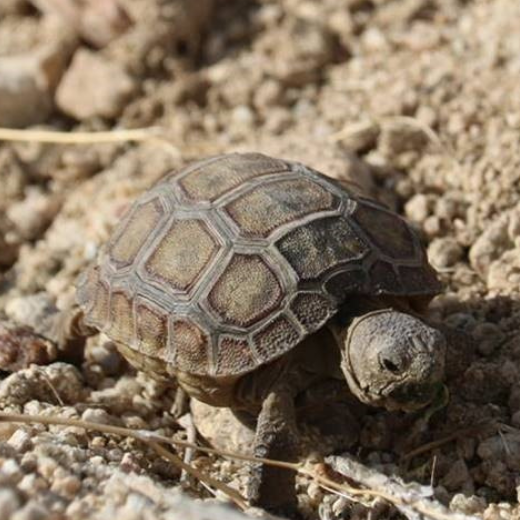“I see trees of green, red roses too. I see them bloom, for me and you. And I think to myself, what a wonderful world…” - Luis Armstrong
As we celebrate Earth Day 2021, we find ourselves reflecting on an extraordinary and challenging year for humanity. As a global pandemic raged, our human footprint for the first time in modern history briefly retracted, and for an instant, the natural world around us was permitted to catch its breath. In turn, record numbers of us sought refuge from the cramped conditions imposed by lockdowns, flocking to mountains and deserts and lakesides to reflect and recover in the natural world.
Yet despite this change of behavior, alarming trends continued, with the occurrence of powerful storm systems, massive fires, droughts, and the reckless cutting of forests around the globe. Earth Day presents us with an annual reminder of the deteriorating health of our planet and how it is our responsibility, both individually and collectively, to reverse the frightening trends that have resulted from our careless and uninformed actions. It’s also an opportunity to celebrate this extraordinary planet and its immeasurable diversity, beauty, and fragile interdependencies.

The Importance of Earth Day
Each year on Earth Day, humanity comes together in celebration of our amazing home and all that it continues to provide for humans and for the extraordinary community of life on Earth. Each of us has countless opportunities as individuals to be better stewards of our planet, be it through volunteering, driving less, biking, or reducing our energy consumption.
It is also encouraging to see the tangible efforts being taken by larger institutions and industries to work toward better stewardship of our planet. Threats of climate change and the impacts of continued loss of species leading to extinction and the loss of biodiversity as a whole can simply no longer be ignored by organizations working to sustain their operations on our changing planet.

GIS and the Earth
As we celebrate Earth Day 2021, we wish to draw attention to the state of our planet while celebrating the remarkable organizations working toward conserving our natural world and finding sustainable alternatives for humanity. These organizations leverage the power of GIS to advance their work and, in doing so, contribute to our global understanding of what must be done to save the planet.
Whether these organizations are saving species from extinction, providing clean drinking water, or preserving the rain forests and oceans that produce the very air we breathe, all these efforts help make a difference on our interconnected planet. The collection of stories in the 2021 Earth Day StoryMaps Showcase demonstrates not only the vast impact that humans have had on the world through plastic pollution, for example, but also the importance of preserving biodiversity. We hope you find these stories as insightful as we do and that, together, we can help ensure a healthy future for all life on Earth.

Humans Interconnected with Earth
Now, what can we collectively do? We all know that if people work together, we can help advance positive conservation measures worldwide while accelerating ecosystem restoration to sustain all life on Earth. Garnering local community support and engagement is critical for these conservation efforts to be sustained by the communities adjacent to natural areas.
We must uplift the voices of those living in developing countries suffering most from climate impacts, and respect and listen to indigenous communities to develop conservation strategies that encompass broad points of view and traditional knowledge.

Our Wonderful World
On this Earth Day, and for each day thereafter, let us put the critical importance of saving our natural world front and center. Through conversations with our friends, families, and our communities, we can raise awareness and funds around local and global conservation actions and, aided by technology, find solutions that balance humanity’s needs and the preservation of the natural world.
While the last year was incredibly difficult for so many of us, it has also presented an opportunity to reflect on the state of our planet, which binds us all as global citizens. While the pandemic challenged us all, it also brought forward the realization that this tragic event connected all of us, and it emphasized the importance of shifting our focus and resources to those most vulnerable.
As climate change continues to advance, many are coming to the realization that this existential threat to our entire planet will require a unified response to restore and preserve life on Earth. This is our wonderful world, and it is our duty—and ours alone—to care for it, for the benefit of future generations and the preservation of the extraordinary diversity of life on Earth.

Learn more about incorporating GIS in conservation.


